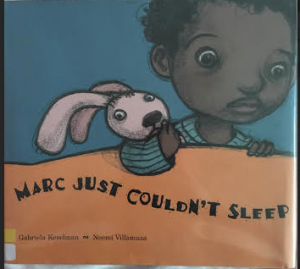Title: Last Stop on Market Street

Author: Matt de la Pena
Illustrator/Photographer: Christian Robinson
Publisher and Year: The Penguin Group in 2015
Number of pages: 29 pgs
Tags: Olivia Simkins, Realistic Fiction, 2-3, 4-5, Culture, Picture Book, Family, Award Book
Genre: Realistic Fiction
Analysis:
This book is about a little boy named CJ who is taking a trip to the soup kitchen with his Nana. Along the way CJ questions his Nana about why they are walking in the rain, why they have to ride the bus and why he does not have an iPod. He learns along the way to enjoy the things he has. This book has won the Coretta Scott King Award and the Newberry Award and is a Caldecott Honor book as well.
This story could serve as a door, and a mirror. The readers can view it as a mirror because they connect to a part in the novel. They might be able to connect about the time they rode on the bus or the time they volunteered at a soup kitchen or some place else. It can also serve as a door to inspire the readers to help at their local soup kitchen or volunteer in their community. I also feel like the illustrator wanted to represent all the different cultures in the story but I found out some underlying ideological features in this book. I feel that there is stereotypes represented when CJ is asking his Nana about not having a car. His friend who has a car is Caucasian and CJ is African American. This could be problematic for some readers because it could make them feel like this book is presenting racist stereotypes.
After analyzing the perceptual features of this book, I have noticed the use of colors. In the beginning of the book CJ talks about walking out of church and how he felt free. The use of colors in this book supports that statement as well. The colors are all very bright, and when looking into what bright color represent, it states that they represent freedom.





